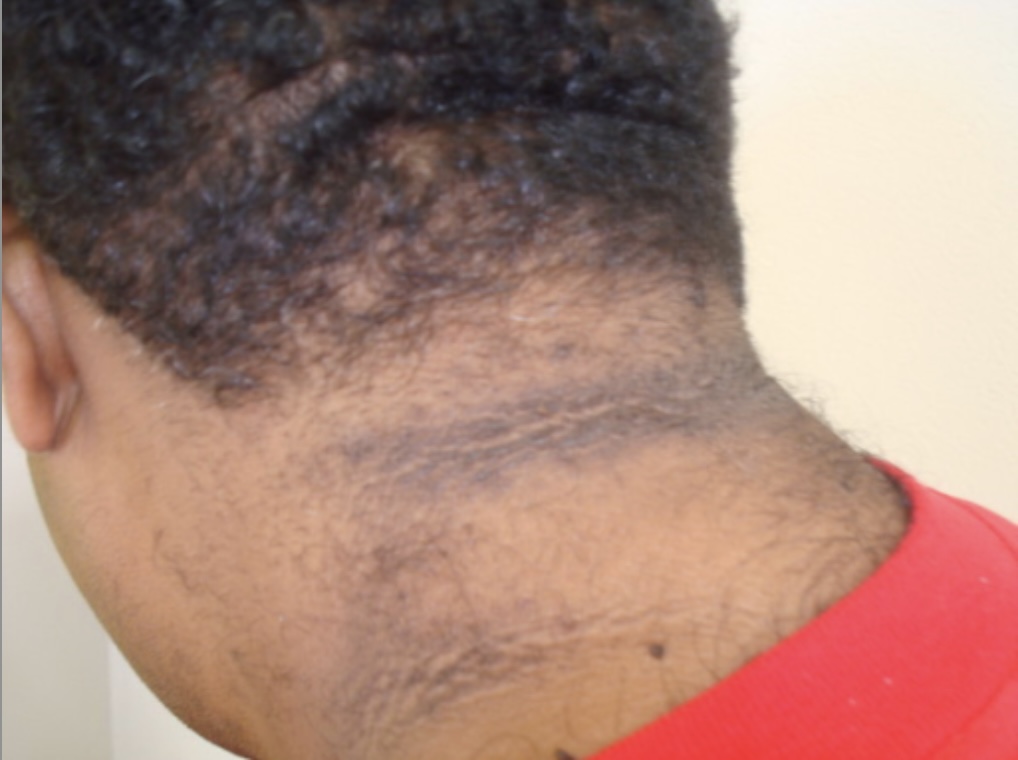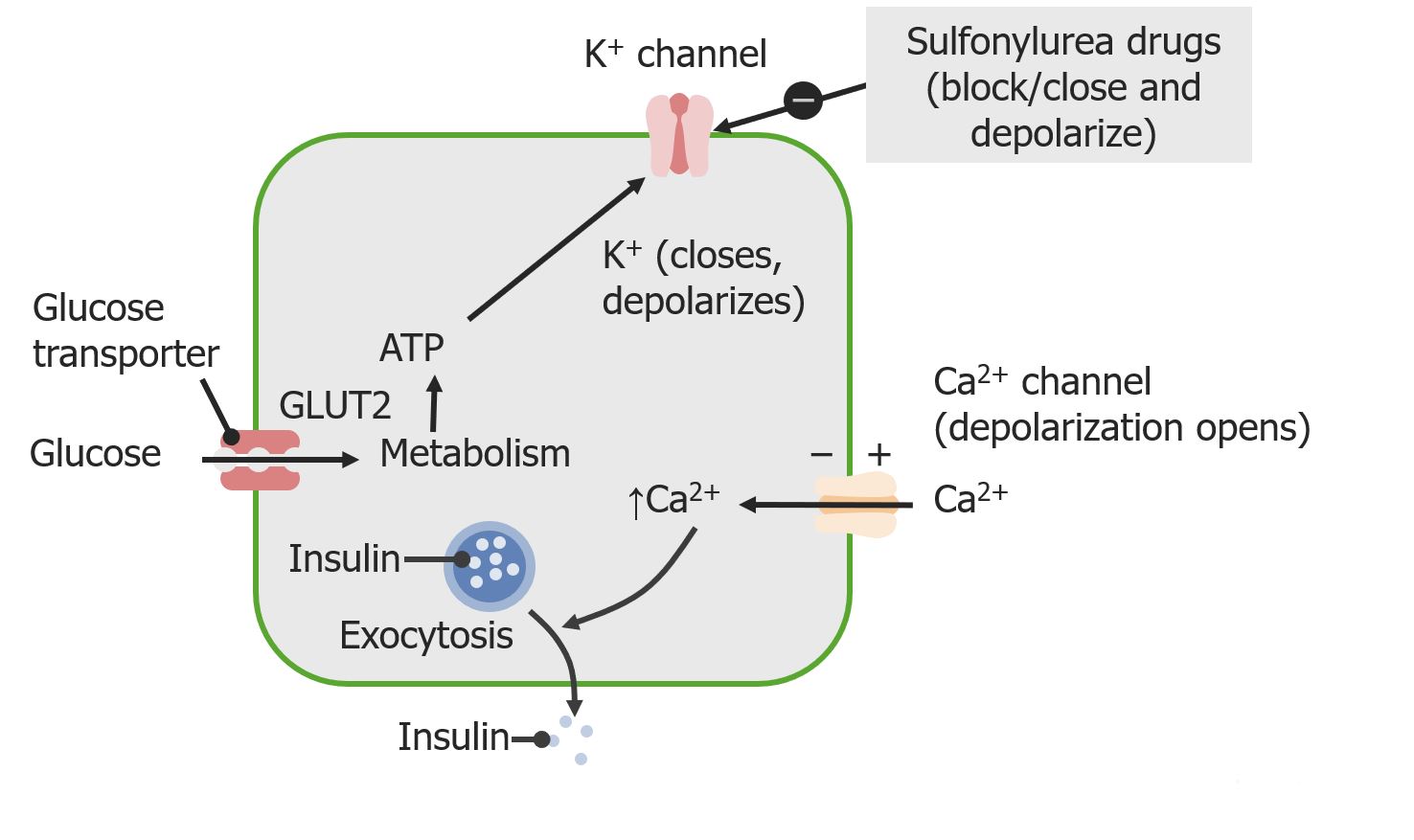Playlist
Show Playlist
Hide Playlist
Diabetic Nephropathy (Diabetic Kidney Disease) – Diabetes Complications
-
Slides AcuteChronicDiabetesComplications EndocrinePathology.pdf
-
Reference List Pathology.pdf
-
Download Lecture Overview
00:03 We will move on to diabetic nephropathy. 00:05 I showed you images, we had a discussion of diabetic nephropathy in nephrology. 00:12 Make sure that we are complete. 00:13 20-30 percent of all patients with DM develop nephropathy, that’s a huge percentage. 00:19 The most common cause of renal failure is diabetic nephropathy. 00:24 The changes that are taking place, if you remember with nephropathy include both the blood vessels and then also within the mesangium, right? What happens first? It is the blood vessels first and if you have arterioles that have been affected then you call this Hyaline Arteriosclerosis, hyalinization. 00:44 And for the most part, if there is diabetic damage to the kidney, one of the first signs that you will be looking for upon urinalysis called microalbuminuria, microalbuminuria. 00:53 What are you going to put this patient on immediately to preserve the functioning of the kidney? ACE inhibitor. 01:04 ACE inhibitor is renal protective and the reason for that is because it removes the affective angiotensin 2 which prefers to work upon the efferent arterial vasoconstriction. 01:14 Unbelievably, in diabetic nephropathy tends to develop hyaline arteriosclerosis on the efferent side. 01:22 And so, therefore, if you constrict the efferent pathologically, you are then causing damage to the glomerulus. 01:29 So, why don’t we then ease up some of that stress and that constriction of the efferent arterial by giving an ACE inhibitor? Screen with microalbuminuria, begin shortly after type 2 diabetes and 5 years after type 1. 01:43 Annually, they are after… it is important that you are always paying attention to retinopathy, nephropathy, retinopathy, nephropathy and obviously neuropathy, the 3Ns. 01:54 Elevated of micro albumin maybe secondary to fever, exercise, infection. 01:58 So, other, other causes or differentials that may result in microalbuminuria, keep that in mind. 02:05 However, diabetes mellitus extremely important to monitor. 02:10 ACE inhibitor removes the angiotensin 2 and so, therefore, you would use this as soon as you would find microalbuminuria. 02:16 Sodium-glucose cotransporter 2 inhibitors are also used for the renoprotective effects. 02:21 Blood pressure goal here is important. 02:24 You want to keep your blood pressure less than 130/80 for all patients of DM, remember the normal is 120/80. 02:33 By definition, hypertension clinically is 140/90. 02:36 130/80, you want to be quite aggressive with controlling the blood pressure in your diabetic and also hyperlipidemia as well. 02:46 Glomerular lesions, what we are seeing here in this picture is in fact your Kimmelstiel-Wilson nodules. 02:54 What you are seeing at the very… in the mesangium, that dark area and in the next picture, I will show it you as well which is the one that we have seen prior, these are known as your Kimmelstiel-Wilson nodules. 03:04 There is also going to be tubular lesions, but before I show you this in the bottom picture, I want you to identify the mesangium of the glomerulus. 03:12 You see the area that’s homogenously pink, that’s in the mesangium and that is in fact your Kimmelstiel-Wilson nodules. 03:22 However, in addition to that, you also find in the peripheries, go outside the glomerulus and what you are seeing there with a little bit of blood and such, those tubes that you are seeing are not blood vessels, the tubes that you are seeing there in fact are your tubules and this is then referred to in diabetes as being your Armanni-Ebstein lesion. 03:46 Hyperglycemia resulting in tubular deposition of glycogen, tubular lesions, blood vessel lesions, mesangial lesions all leading into eventual renal failure and with diabetic nephropathy, you would expect there to be a nephrotic type of disease.
About the Lecture
The lecture Diabetic Nephropathy (Diabetic Kidney Disease) – Diabetes Complications by Carlo Raj, MD is from the course Pancreatic Disease and Diabetes.
Included Quiz Questions
Which pharmacologic intervention can help prevent the development of diabetic nephropathy?
- ACE inhibitors
- Beta-blockers
- Digoxin
- Thiazides
- Corticosteroids
What is used to screen for diabetic nephropathy?
- Albumin
- Glucose
- Ketone bodies
- Protein
- Leukocytes
What is the earliest pathological change to the glomeruli seen in diabetic patients?
- Glomerular basement membrane thickening
- Deposition of IgA
- Armanni-Ebstein lesions
- Mesangial microalbumin deposition
- JG cell atrophy
Customer reviews
5,0 of 5 stars
| 5 Stars |
|
5 |
| 4 Stars |
|
0 |
| 3 Stars |
|
0 |
| 2 Stars |
|
0 |
| 1 Star |
|
0 |






